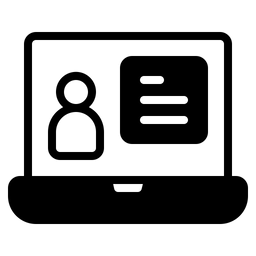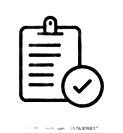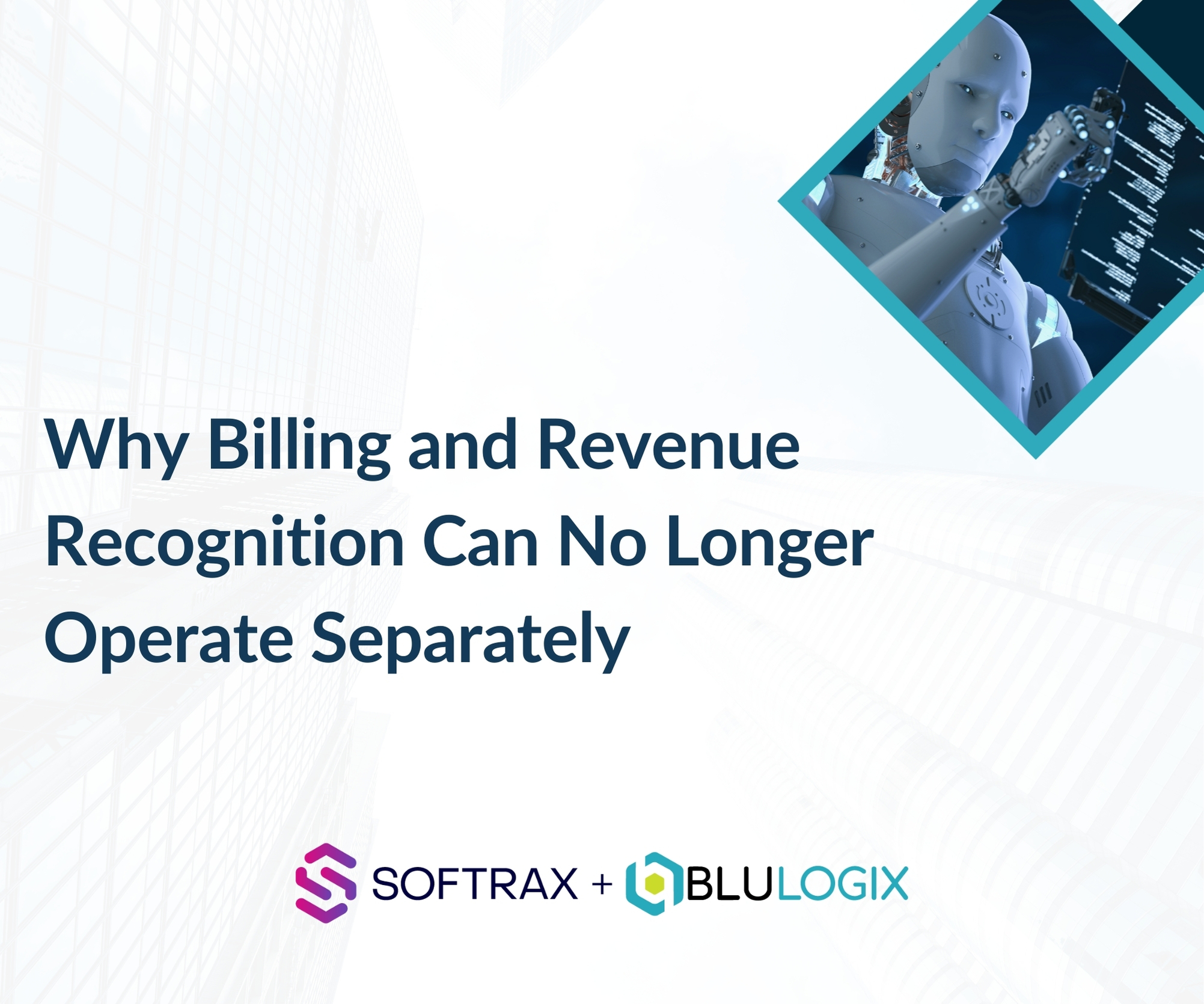See why growth companies choose BluIQ
The Ultimate in Flexibility and Scalability for Subscription Management and Billing.

BluIQ is a configurable platform that bridges the gaps between your CRM, ERP and related business processes.

Customize Your Monetization Platform Quickly and Cost-Effectively.

The Ultimate Flexibility and Scalability to Process Complex Data Staging & Mediation Scenarios with Ease

End-to-end Integration for Seamless Order Activation and Provisioning

BluLogix Chargeback & Cost Recovery for Public Sector and Enterprise Organizations

BluIQ gives you reporting, intelligence and insights in one package.

Empowering Ecommerce, Self-Management, and Seamless Renewals with Channel Support


Lessons, observations and insights for the subscription business

How BluIQ helps our customers’ subscription businesses successfully grow

The latest news and analyst reports on the Software-as-a-Service and Subscription industry

Attend an event near you to connect, learn, and gain inspiration.

The best companies in the world trust BluLogix for all of their billing needs

A collection of recorded webinars and videos on Software-as-a-Service and Subscription Management

Details on BluIQ subscription management and billing platform specifications

Subscription and Software-as-a-Service guides with actionable insights

Why Top Companies Choose BluLogix
Click here to read all “11 Signs You Need a Better Recurring Revenue Billing Process” Now
As businesses grow and evolve, the complexities of managing recurring revenue models increase significantly. A robust, efficient billing process is not just desirable—it’s essential for sustainable growth and customer satisfaction. outlines eleven critical signs that indicate your current recurring revenue billing system might be holding back your business potential, and how automating and integrating systems can address these challenges.
Sign #1: Limited Recurring Revenue Process Automation
In today’s subscription economy, automation in billing processes is not just a luxury—it’s a necessity – for efficiency and accuracy as well as customer satisfaction. Limited automation is a significant indicator that your billing system may be outdated or insufficient. This typically manifests in manual data entry, reliance on spreadsheets, and the need for human intervention in tasks that could be automated, such as generating invoices, processing payments, and updating customer records.
Manual Invoicing:
A company uses manual methods to create and send out invoices. This process involves employees entering data into spreadsheets, calculating charges based on usage or flat rates manually, and even sending invoices via email or post. This method is time-consuming, prone to human error, and not scalable as the company grows.
Payment Collection:
An organization relies on staff to manually track payment deadlines, send reminders, and process payments as they arrive. This can lead to delays in recognizing revenue, discrepancies in accounts receivable, and a poor customer experience due to the slow processing of transactions.
Customer Account Updates:
Every time a customer’s service plan changes, an employee must manually update the account details in several systems. This could involve adjusting the service terms, updating the billing cycle, and recalculating the billing amount for future invoices. Manual updates increase the risk of inconsistent data across systems and can lead to billing inaccuracies.
The lack of automation can significantly hamper a business’s ability to scale operations effectively. As transaction volumes grow, the manual processes become bottlenecks that not only increase operational costs but also affect service quality. Businesses with manual processes are less agile, slower to respond to customer needs, and more likely to encounter errors that can damage customer relationships.
Implementing a fully automated billing system can transform these manual processes into efficient, error-free operations. Automation ensures that invoices are generated and sent on time, payments are processed immediately upon receipt, and customer accounts are always up-to-date with the latest subscription changes. This not only frees up valuable resources to focus on more strategic tasks but also significantly enhances accuracy and customer satisfaction.
Investing in a modern billing platform like BluLogix, which offers comprehensive automation capabilities, can streamline your billing operations, reduce costs, and improve both accuracy and customer satisfaction across the board.



| Cookie | Duration | Description |
|---|---|---|
| cookielawinfo-checbox-analytics | 11 months | This cookie is set by GDPR Cookie Consent plugin. The cookie is used to store the user consent for the cookies in the category "Analytics". |
| cookielawinfo-checbox-functional | 11 months | The cookie is set by GDPR cookie consent to record the user consent for the cookies in the category "Functional". |
| cookielawinfo-checbox-others | 11 months | This cookie is set by GDPR Cookie Consent plugin. The cookie is used to store the user consent for the cookies in the category "Other. |
| cookielawinfo-checkbox-necessary | 11 months | This cookie is set by GDPR Cookie Consent plugin. The cookies is used to store the user consent for the cookies in the category "Necessary". |
| cookielawinfo-checkbox-performance | 11 months | This cookie is set by GDPR Cookie Consent plugin. The cookie is used to store the user consent for the cookies in the category "Performance". |
| viewed_cookie_policy | 11 months | The cookie is set by the GDPR Cookie Consent plugin and is used to store whether or not user has consented to the use of cookies. It does not store any personal data. |
The Ultimate in Flexibility and Scalability for Subscription Management and Billing.
